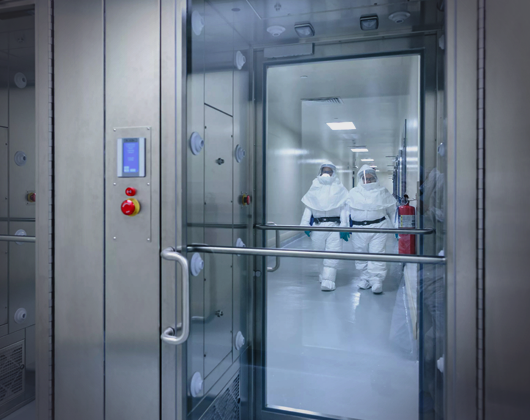The search for new therapeutic treatments has unveiled a class of compounds known as High-Potency Active Pharmaceutical Ingredients (HPAPIs), whose current market size (as of 2019) was approximately $17 billion and is expected to increase to $25-30 billion over the next 5-7 years1.
HPAPIs produce a response, or pharmacological effect, at a very low dose and offer benefits in numerous areas such as oncology drug development.
It is essential to understand the hazards posed by any new drug compound before its handling or manufacturing, but it becomes more important for HPAPIs due to the risks associated with potential exposure. There is often an incomplete toxicology package available for new compounds at the early stages of drug development to make proper safety assessments. In such cases, the compound is evaluated for factors including but not limited to carcinogenicity and cytotoxicity, source of origin (synthetic/semi-synthetic/biologic), targeted disease and mode of action, preferred dosage form and estimated dose if known, and physicochemical properties.
To ensure safe handling, pharmaceutical scientists and manufacturing technicians who work with HPAPIs must be suitably protected, and there must be rigorous controls and procedures in place at the facility where HPAPIs are handled. It's critical to have procedures in place to minimize cross-contamination among products made in the manufacturing facility. In some cases, personnel may also be placed under medical monitoring to ensure their long-term safety from any future, untoward effect.
We use a five-band system called the “Performance-Based Level of Exposure Classification," or PBLEC, to categorize a compound in one of five bands.
PBLEC 1 is the least potent compound, offering no pharmacological activity, to PBLEC 5, which is highly potent, toxic, or with high pharmacological activity. To meet safety and regulatory expectations, we routinely check our containment procedures and processes to mitigate cross-contamination risk and adopt best practices in the handling of HPAPIs.
We ensure that there is no cross-contamination through the implementation of various procedures based on source (by elimination and protection), risk (by reduction), and vulnerability (by engineering and administrative controls), such as:
- Special GMP manufacturing suites with restricted access are used to manufacture HPAPIs, which have air-handling units with single-pass air and HEPA filtration. The suites are negatively pressured to ensure that the surrounding atmosphere is not impacted and have an airlock for entry and an air and mist shower for the exit.
- Facilities are evaluated using surrogate testing. Manufacturing equipment is evaluated and designed to minimize exposure and mitigate the risk of cross-contamination. Dedicated equipment parts and additional containment are also used when necessary. Verification of cleanliness of both equipment and facility after use by analyzing cleaning swabs using HPLC/UPLC.
- Our personnel undergo rigorous training in the handling of HPAPIs and wear appropriate Personal Protective Equipment (PPE), including a Powered Air-Purifying Respirator (PAPR)
Choosing a CDMO with expertise in handling HPAPIs
Working with a CDMO who has a long track record of successfully handling HPAPIs is essential.
Contact us today to learn how we can help your next program.
References:
1. N. Walker, HPAPI Market Trends, 2018, https://www.contractpharma.com/issues/2018-09-01/view_features/hpapi-market-trends/
2. Bornett D., Pharm. Technol., 2008 (4) Supplement (2008). http:// www.pharmtech.com/high-potency-apis-containment-and-handling-issues
